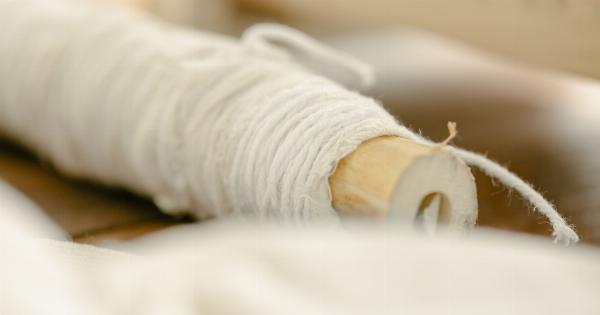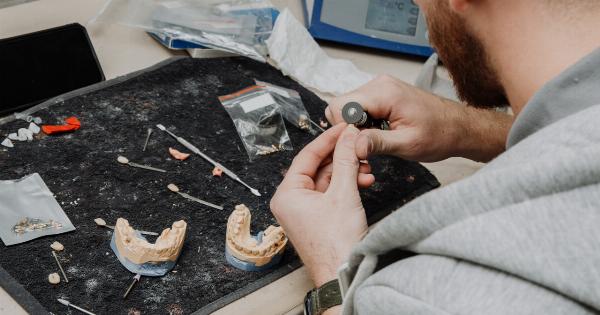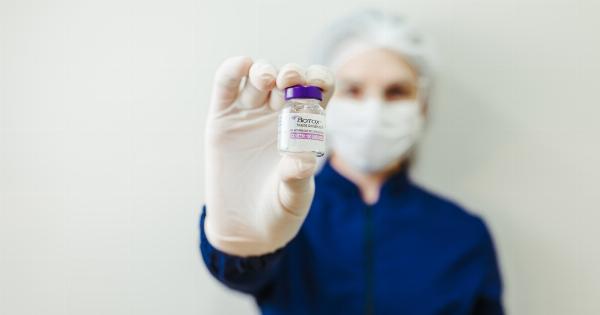Varicose veins are a common problem that affects many people, especially women. They are caused by the pooling of blood in the veins, which results in the veins becoming swollen, twisted, and painful.
Traditionally, the treatment for varicose veins was surgery to remove the affected veins. However, over the past few years, a groundbreaking new treatment has emerged that uses glue to treat varicose veins.
What Are Varicose Veins?
Varicose veins are veins that have become swollen and twisted. They usually occur in the legs, but can also occur in other parts of the body. Varicose veins are caused by blood that is not flowing properly through the veins.
This can be due to a variety of reasons, including age, genetics, pregnancy, and obesity.
What Is the Traditional Treatment for Varicose Veins?
The traditional treatment for varicose veins has been surgery to remove the affected veins. This is typically done under general anesthesia, with the patient being placed under sedation.
The surgeon makes a small incision at the base of the vein and uses a surgical tool to remove the vein.
What Is the New Treatment for Varicose Veins with Glue?
The new treatment for varicose veins with glue is a minimally invasive procedure that involves injecting a special medical glue into the vein. The glue seals the vein shut, preventing blood from flowing through it.
The body then naturally reroutes the blood through other healthy veins in the area.
How Is the Glue Injected?
The glue is injected into the vein using a small catheter, which is inserted into the vein through a tiny incision. The glue is then injected directly into the affected part of the vein under the guidance of an ultrasound machine.
The process takes around 10 to 15 minutes and is performed on an outpatient basis.
What Are the Benefits of the Glue Treatment?
The glue treatment for varicose veins has several benefits over traditional surgery, including:.
- The procedure is minimally invasive and does not require general anesthesia.
- There is less pain and discomfort during and after the procedure.
- Recovery time is much faster, with most patients able to return to work the day after the procedure.
- There is a lower risk of complications, such as infection and bleeding.
What Are the Risks of the Glue Treatment?
Just like any medical procedure, there are risks associated with the glue treatment for varicose veins. These risks include:.
- Blood clots.
- Allergic reactions to the glue.
- Nerve damage or numbness in the treated area.
- Bleeding or infection at the injection site.
Who Is a Good Candidate for the Glue Treatment?
The glue treatment is a good option for patients with varicose veins who are looking for a minimally invasive alternative to traditional surgery.
It is also a good option for patients who are not good candidates for surgery due to their age, overall health, or other medical conditions.
What Is the Success Rate of the Glue Treatment?
The success rate of the glue treatment for varicose veins is very high, with most patients experiencing significant improvement in their symptoms within a few weeks of the procedure.
According to a study published in the Journal of Vascular Surgery, the success rate of the glue treatment for varicose veins is around 97 percent.
Conclusion
The glue treatment for varicose veins is a groundbreaking new procedure that offers many benefits over traditional surgery.
While there are risks associated with the procedure, the success rate is high and most patients experience significant improvement in their symptoms. If you are suffering from varicose veins, talk to your doctor to see if the glue treatment is right for you.




























